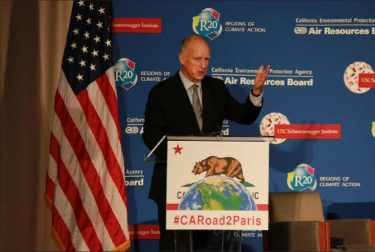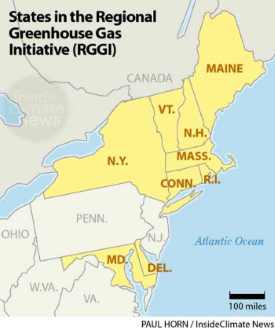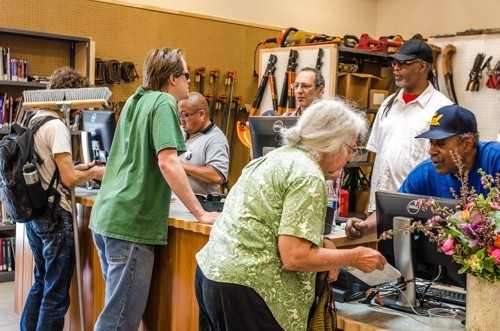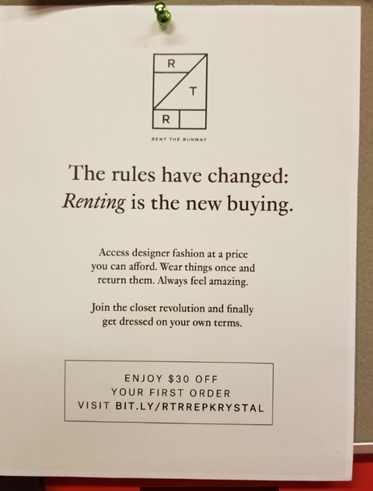We can all use some positive news these days, especially on the environmental front in which science is considered evil, denial is an alternative fact and the EPA is now what I’m calling the Environmental Destruction Agency. And while I don’t want to gloss over the issues – there isn’t enough paint in the world to do that – I offer here The Distillery, a weekly (or thereabouts) selection of posts to help offset the PTSD of our current nightmare.
The posts I pick will be “real” in the sense that they aren’t pie-in-the-sky wishful thinking, as fun as those can be, but are evidence of EcoOptimism.
Back in October 2014, an EcoOptimism post asked “Will the solutions come from cities?” In the context of that year’s fruitless UN Climate Summit, I wrote “[EcoOptimism lies] not with national governments at all, and that’s reason for hope…. In its stead, lower level officials, notably mayors, have been leading from the bottom up, changing mundane things like building codes and transportation programs.
“Cities are where a majority of us 7 billion humans live. [And cities] emit 75% of anthropogenic greenhouse gases. So focusing on cities makes a lot of sense.”
As a case in point, I cited NYC’s “One City Built to Last” report, which was a follow up to the previous administration’s PlaNYC.
With the current US federal administration’s move to withdraw from the Paris climate accord, the role of the federal government is even further diminished and local governments are filling the void, many under the mantle of We Are Still In.
From Business Insider:
June 5, 2017

Image source: https://www.wearestillin.com/
EcoOptimism’s take: The WeAreStillIn group had a sizeable presence at last week’s COP (Conference of the Parties) that was the first one since Trump withdrew the US from the Accords. It served to show, exactly as the hashtag says, that much (or most?) of the US is still on board. And it was a stark contrast to the official US presentation which promoted coal and nuclear energy.
From CityLab:
October 23, 2017
“Cities Are Thinking and Acting Globally, Says Paris Mayor”

Image source: Raw Story
EcoOptimism’s take: This reaction, by Paris Mayor Anne Hidalgo, recognized the significance of local commitments. (In an unrelated context, Hidalgo said “Mr. Trump is so stupid.)
From Grist:
August 24, 2017
“States keep cutting carbon, despite federal inaction.”
EcoOptimism’s take: The local level includes states as well as cities. The northeast states (Connecticut, Delaware, Maine, Maryland, Massachusetts, New Hampshire, New York, Rhode Island and Vermont) have jointly agreed on the Regional Greenhouse Gas Initiative. This will partially replace the Clean Power Plan initiative by President Obama and that Trump has vowed to rescind.
(New Jersey outgoing Governor Christie had pulled the state out of an earlier RGGI, despite the state Senate attempting to override him as well as a court ruling against him. The incoming Democrat-led administration will probably rejoin.)
From ThinkProgress:
August 22, 2017
“St. Louis adopts a 100 percent renewable energy goal”
EcoOptimism’s take: This further illustrates the potential role of states, even those that you might think would be averse to clean energy. The post notes that “Missouri’s history is deeply tied to coal.”
From The Nation:
November 15, 2017
“California Governor Jerry Brown Is Doing Far More to Combat Climate Change Than Trump’s Washington”

Image source: California Air Resources Board
EcoOptimism’s take: We can always count on Jerry. And this is particularly important given both the size of California’s economy – it’s the sixth largest in the world – and the fact that California often sets the precedent for other states.






